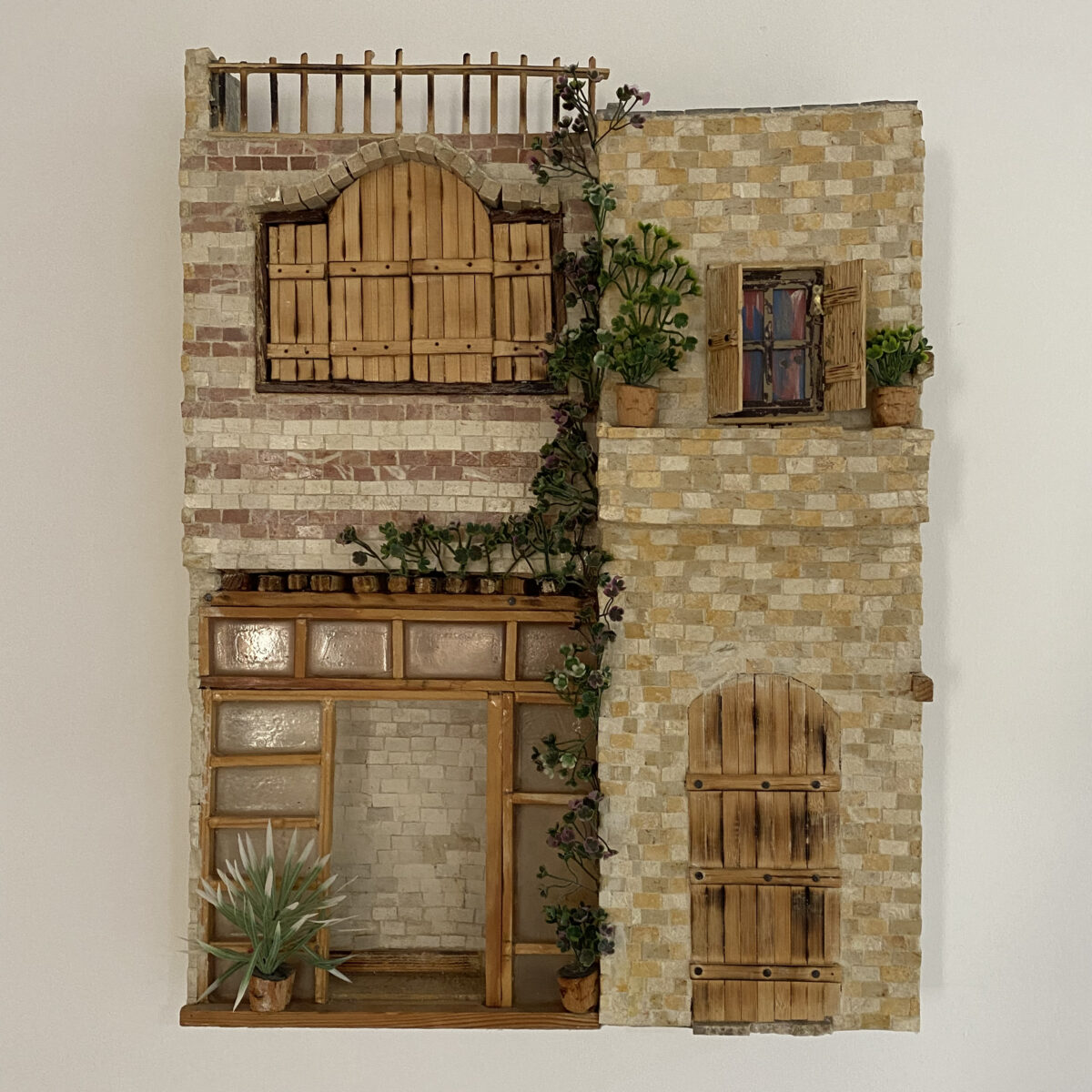Migrant Amman (ITHACA)
Cities are constantly shaped by migration. Current research has addressed how refugees, migrants and asylum seekers act as city-makers (Fawaz et al. 2018; Simsek-Caglar and Schiller 2018), where refugee-refugee relations are forged beyond humanitarian discourse (Fiddian-Qasmiyeh 2016), and where refugees act as dwellers beyond restrictions and spatio-political limitations (Dalal 2022). Discourse on migration and city making has been centered on the Global North, with little attention to how they manifest and unfold within cities in the Global South. For instance, a city like Amman, in Jordan, has received little scholarly attention to date (Daher 2011), although it has been shaped by different waves of migrants and refugees: From Palestinians, to Circassians, Iraqis, Yemenis, Somalis, and so on. This research project seeks to explore how displacement and city-making intersect. It investigates the different types of enterprises, associations, and shops that were established by Syrian refugees in Jordan after 2011 in Amman, and their relationship to older waves of Syrian migrants how arrived in Jordan in the 80s. Building on in-depth interviews, walk-along interviews, participatory observations, and photo documentation, the research aims to generate a better understanding of how Syrians established their presence in exile, and particularly in a city like Amman, which is heavily influenced by social and spatial disparities, commonly known as “East” and “West” Amman. It also seeks to bring forward the Syrian perception of the city, and how they explored its various socio-spatial constellations. This paper is part of a postdoctoral research conducted under the EU-Funded Project ITHACA (Interconnecting Archives and Histories of Migrant Agency).
Bibliography
Daher, Rami. 2011. ‘Understanding Cultural Change and Urban Transformation Qualifying Amman: The City of Many Hats’. In Cities, Urban Practices and Nation Building in Jordan, edited by Myriam Ababsa and Rami Daher, 65–89. Beirut: Presses de l’Ifpo.
Dalal, Ayham. 2022. From Shelters to Dwellings: The Zaatari Refugee Camp. Refigurations of Space 3. Bielefeld: Transcript.
Fawaz, Mona, Ahmad Gharbieh, Mona Harb, and Dounia Salamé, eds. 2018. Refugees as City-Makers. Social Justice and the City Program. Beirut: American University of Beirut.
Fiddian-Qasmiyeh, Elena. 2016. ‘Refugees Hosting Refugees’. Forced Migration Review 53: 25–27.
Simsek-Caglar, Ayse, and Nina Glick Schiller. 2018. Migrants and City-Making: Dispossession, Displacement, and Urban Regeneration. Durham: Duke University Press.
-
Hosting InstitutionUniversité de Poitiers / Center for Migration, Space and Society (MIGRINTER)
-
ProjectITHACA (Interconnecting Histories and Archives of Migrant Agency)
-
FundingEU 2020
-
In Collaboration withIFPO and CNRS

-
 A mosaic model made by Syrian refugees in Amman
A mosaic model made by Syrian refugees in Amman